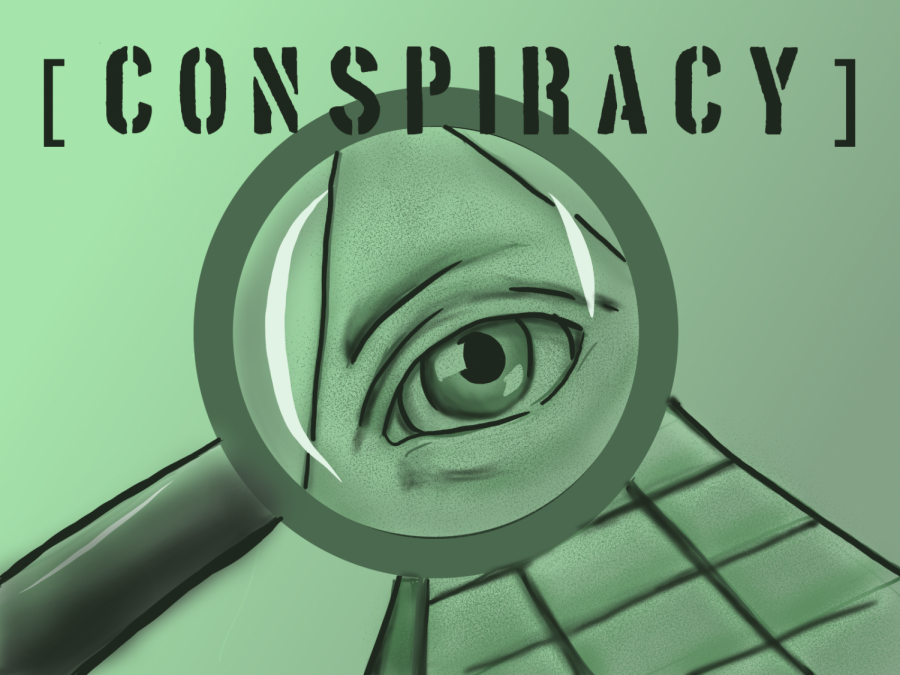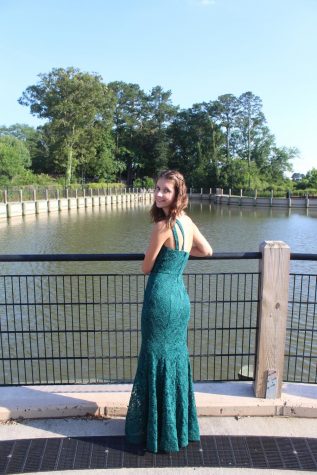Imaginations run wild in conspiracy theory community
March 3, 2019
The mantra for the conspiracy theory community sums up the entire purpose for their existence: seeing is not always believing.
Even though most conspiracy theories have little evidence of being true, about half the public believes in at least one conspiracy theory in any given year, according to an article in The Washington Post.
Conspiracy theories appear alive and well, commonly popping up throughout pop culture and politics. Serving as explanations for skeptics, these theories question the everyday events of life and attempt to rationalize suspicious circumstances.
Some of the most popular theories include the supposed staged moon landing, vaccines causing autism, a secret organization called the “Illuminati” controlling the world, and the existence of aliens. Many theories provide alternative explanations for events such as celebrity deaths and disasters.
“I find [conspiracy theories] interesting because I try to look at all views and perspectives,” said psychology teacher Ian Tobey.
The belief in conspiracy theories can be linked to the desire for understanding, certainty, control, and security, according to Psychology Today.
“People believe because they’re drawn to fantasy and they lack trust,” said Tobey.
Conspiracy theories have been promoted by celebrities, such as Donald Trump, Bruce Willis, and Kanye West. They spread rapidly through videos by Youtubers, such as Shane Dawson or through articles online.
“I believe in some conspiracy theories because based on conspiracy videos and things I have read, it seems to be an occurrence that the government and others are involved in things they shouldn’t be,” said sophomore Malachai LaFlamme.
Some conspiracy theories seem more outlandish, based mostly on arguments against evidence. These include clones, reptiles posed as celebrities, and the world being a simulation.
“I think that some conspiracy theories are really interesting and in depth with reality and facts, but some are pretty crazy,” said Malachai.


